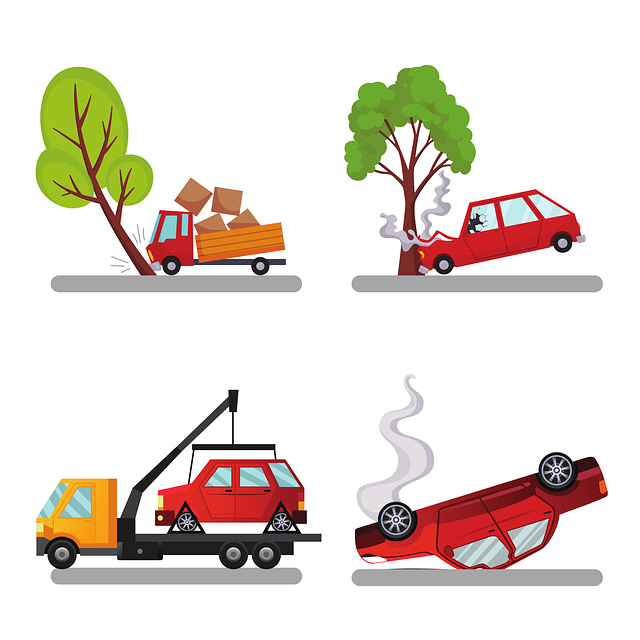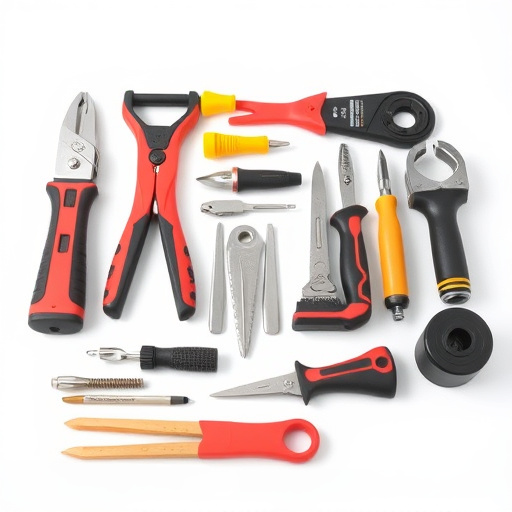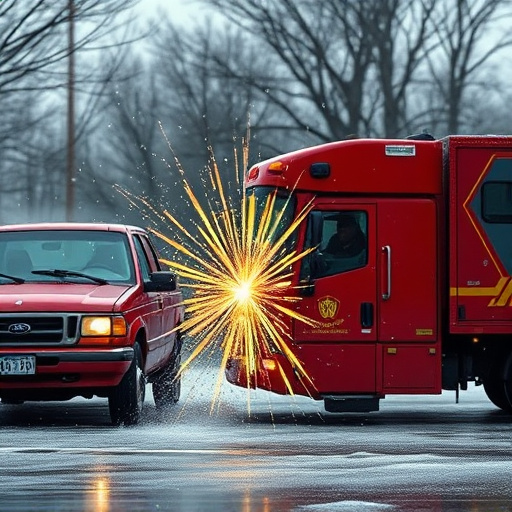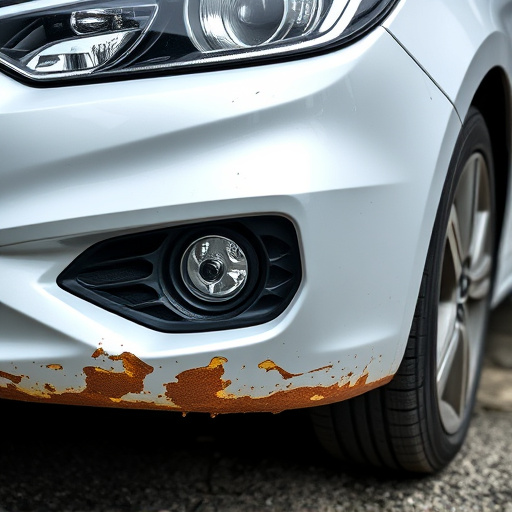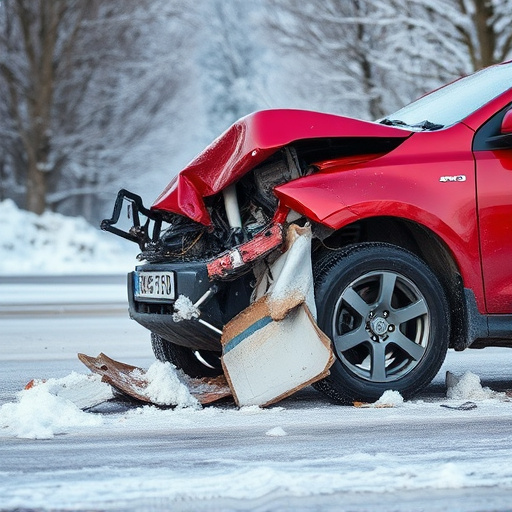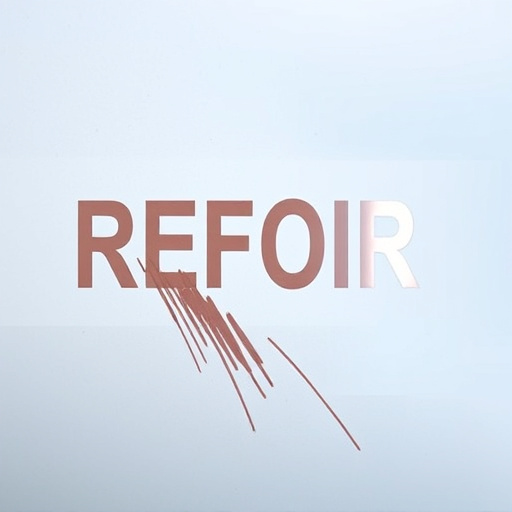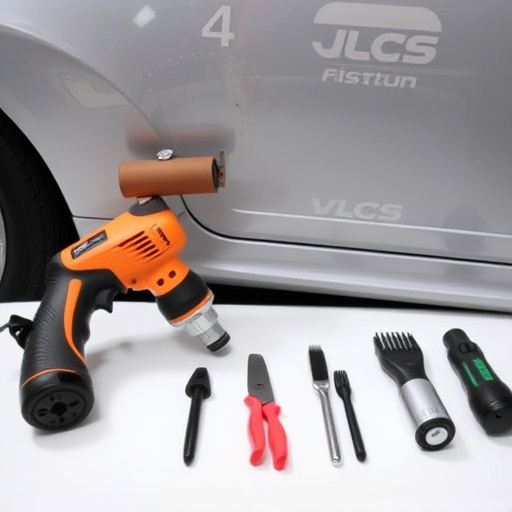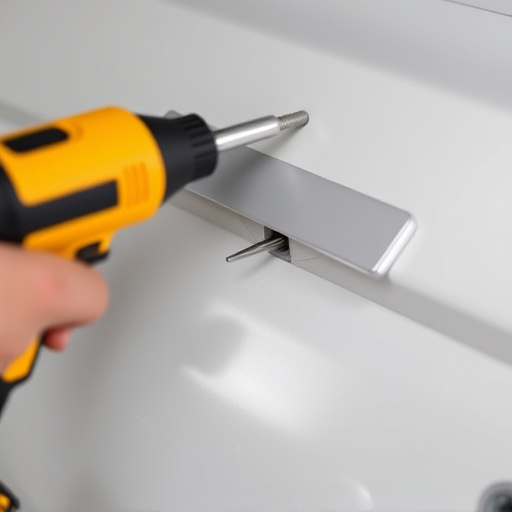Common photo file formats JPEG, PNG, and TIFF are essential for repair documentation services in collision and auto body repairs, offering advantages in web sharing, transparency, and quality. These standards enhance communication, streamline processes, promote transparency, and expedite claims. A well-structured digital system with cloud-based platforms further benefits workshops and clients. The ideal file format accommodates extensive metadata storage for comprehensive record-keeping and insurance claims.
In the realm of photo restoration, efficient repair documentation is key. This guide delves into the world of common photo file formats, offering insights that are vital for any repair documentation service. Understanding the nuances of formats like JPEG, PNG, and RAW empowers professionals to make informed choices. By adopting best practices and selecting the right format, services can ensure meticulous records, facilitating precise repairs and enhancing customer satisfaction.
- Understanding Common Photo File Formats
- Best Practices for Repair Documentation Service
- Choosing the Right Format for Effective Documentation
Understanding Common Photo File Formats

Understanding Common Photo File Formats for Repair Documentation Services
In the realm of repair documentation services, whether it’s for collision repair services or auto body repairs, the right photo file format is crucial. Choosing the appropriate format ensures that detailed images captured in a car body shop are not only visually clear but also compatible with various software used for damage assessment and restoration tracking. JPEG, PNG, and TIFF are among the most common formats encountered in this context. Each has its strengths: JPEG offers excellent compression for web-based sharing while retaining decent detail; PNG is lossless and supports transparency, ideal for layered repair documentation; and TIFF, though less compressed, provides the highest quality and depth of color, making it suitable for professional auto body repairs.
These formats facilitate effective communication between collision repair services and insurance providers, ensuring accurate representation of car body shop repairs. By adhering to these standards, repair documentation services streamline their processes, allowing for precise tracking of each stage of auto body repairs. Consequently, this promotes transparency and facilitates quicker claims processing, ultimately benefiting clients who rely on timely and meticulous collision repair services.
Best Practices for Repair Documentation Service

A robust repair documentation service is integral to any automotive workshop or restoration business. Best practices involve meticulous record-keeping, where every detail of a vehicle’s repair process is documented, from initial inspection to final assembly. This includes capturing clear images and detailed descriptions of any damage, parts replaced, and work performed. Standardizing the format ensures consistency and makes retrieval efficient, facilitating quick reference during future servicing or for client transparency.
For auto maintenance, classic car restoration, and vehicle repair services, a comprehensive digital documentation system is ideal. This allows for easy storage, accessibility, and sharing of information among team members. Utilizing cloud-based platforms can further enhance collaboration and enable remote access, ensuring that the repair documentation service remains efficient and secure.
Choosing the Right Format for Effective Documentation

Selecting the appropriate file format is a critical step in ensuring effective documentation for any repair service, be it for tire services, hail damage repair, or auto body repair. The chosen format should cater to the specific needs of the industry and facilitate clear, detailed recording. For instance, industries like auto repair heavily rely on formats that can store extensive metadata, including before-and-after images, component specifications, and repair notes. This ensures a comprehensive record for future reference and insurance claims.
For optimal organization and accessibility, many repair documentation services opt for industry-standard formats such as JPEG or PNG for images, allowing for high-quality visual representation. Additionally, PDF documents are valuable for their ability to capture all image metadata and text information in one secure file, ensuring that every detail of the repair process is accurately documented. This meticulous approach enhances the overall efficiency and reliability of the auto body repair and related services.
In conclusion, choosing the right file format for repair documentation service is key to ensuring efficient data management and seamless collaboration. By understanding common photo file formats and adhering to best practices, professionals can capture, store, and share detailed repairs effectively. This approach not only enhances visual communication but also serves as a valuable resource for future reference and troubleshooting.

